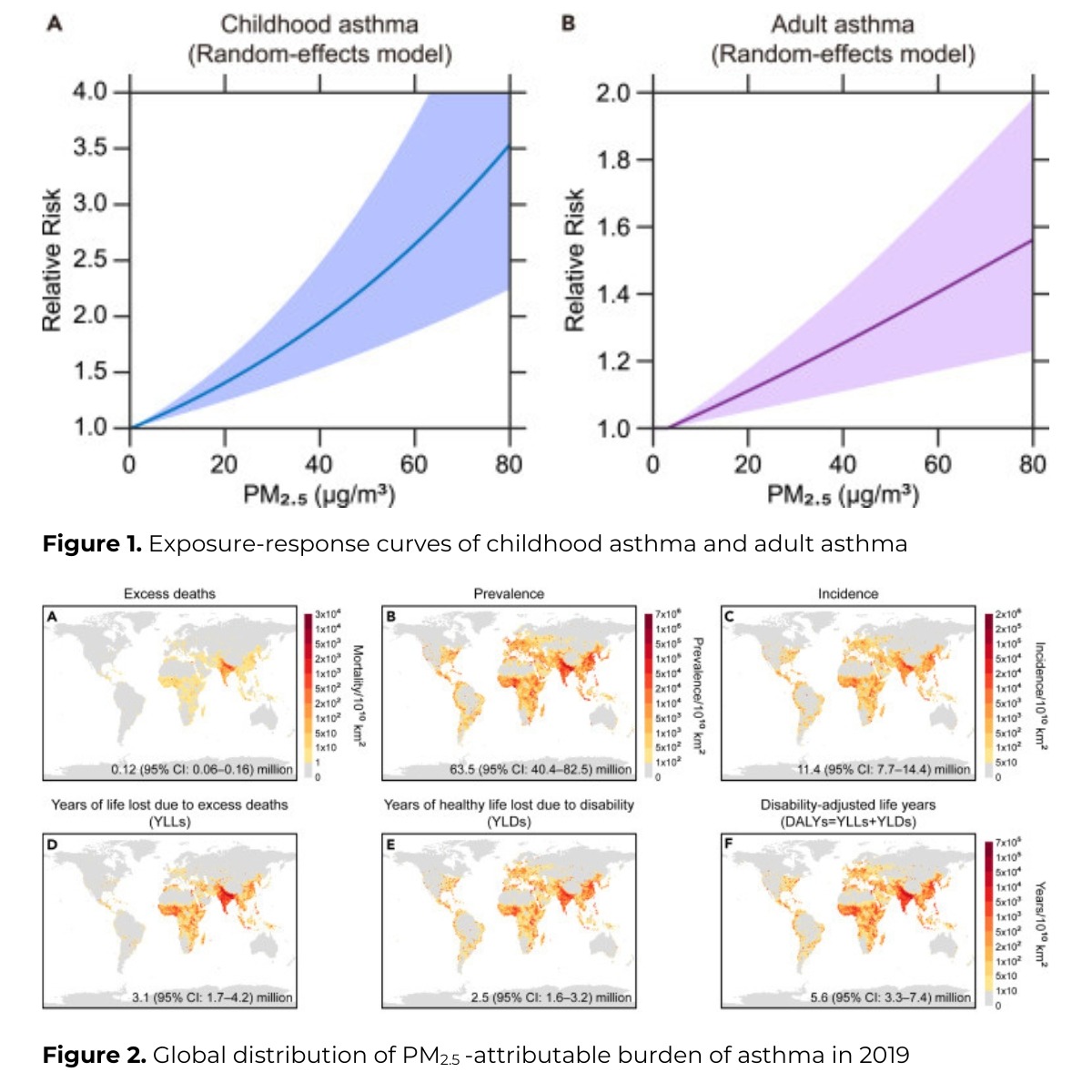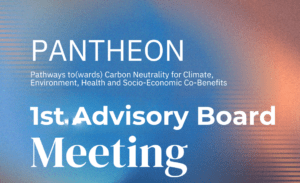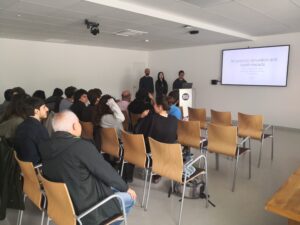Authored by Max Planck Institute for Chemistry and Peking University
The PANTHEON project is delighted to spotlight the recently published research from our partners at Max Planck Institute for Chemistry and Peking University, which highlights the importance of global sustainability commitment for a safe and healthy future of mankind.
Congratulations to Yafang Cheng who co-authored this relevant and impactful research.
Introduction
Asthma is a chronic respiratory condition that affects over 250 million people globally, posing significant health and economic challenges. Long-term exposure to fine particulate matter (PM2.5) plays, of course, a relevant role in the development of asthma pathology. However, previous epidemiological studies do not provide a clear indication of the extent of this association, and the health risks posed by PM2.5 are still debated.
This global meta-analysis published in One Earth sheds light on this link, offering a comprehensive global health impact assessment with far-reaching implications for people’s health and the countermeasures needed to preserve it.
To shed light on this critical issue, the research team conducted a comprehensive literature review based on more than 1,000 records involving over 25 million participants worldwide.
A series of meta-analyses and subsequent exposure-response analysis have been performed to quantify risk and estimate the global burden of PM2.5-related asthma.
Key Findings
The study offers clear evidence that long-term exposure to PM2.5 significantly increases the risk of asthma across all age groups.
- Children and young adults (< 20 years old) are, however, those most severely impacted, where every 10 μg/m3 increment in PM2.5, the risk for asthma increases by 21.4% (Figure 1).
- The impact of particulate exposure unfolds on a global scale, regardless of geographical region or study population (Figure 2).
- Researchers found geographical disparities also, with low- and middle-income countries experiencing a disproportionate impact due to insufficient pollution control measures (Figure 2).
- Alarmingly, the researchers estimate that nearly one-third of asthma cases worldwide can be attributed to this type of air pollution.
- Moreover, the study quantifies the broader health impacts of PM2.5 exposure, including disability-adjusted life years (DALYs) lost and asthma-related mortality, offering a sobering perspective on the scale of the problem.
Implications
The findings highlight an urgent need for coordinated global efforts to reduce PM2.5 emissions.
- Policymakers must implement stricter air quality regulations by promoting cleaner energy sources, enforcing industrial controls, and improving urban planning. Targeted interventions in highly polluted regions are essential to mitigate asthma’s health and economic toll.
- Public health officials and communities must work together to prioritize clean air initiatives. Raising awareness of the dangers of PM2.5 exposure can drive individual actions, while comprehensive policy changes can pave the way for a healthier, more sustainable future.
This study reminds us that clean air is a fundamental human right, not a privilege. By addressing the root causes of air pollution, we can reduce asthma rates and improve millions of lives worldwide.
Are you interested in this research?
For more details about the study, visit the original article.
Together, we continue to work towards a sustainable and equitable future for all.




